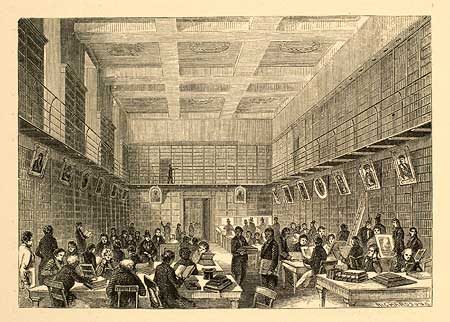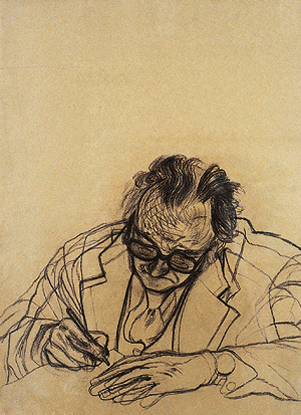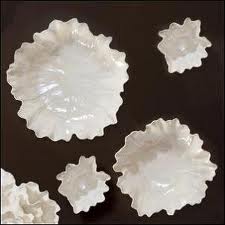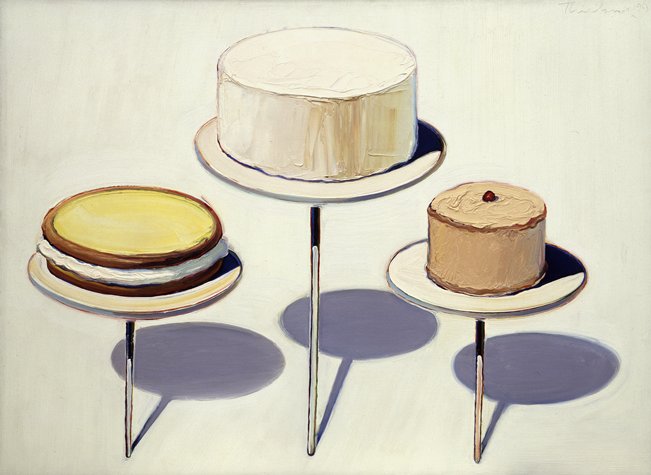Robert Pippin on Oren Izenberg and Paul Grimstad

But the question is deeper: whether an illusion, on the order of some post-Cartesian misdirected agenda in epistemology, is a proper matrix for understanding the sort of suffering chronicled in the modern literature of loss, absurdity, alienation, meaninglessness and simple heartlessness. (For that matter, the larger question here: could McDowell be right that the Cartesian agenda is simply an illusion, to be recovered from, to be exorcised? Is not that image itself telling, as if it is something like possession, witchcraft? Could that be right?)
London Calling: The Urban Chronotope of Romanticism

London is alienated from itself in its artificial opposition to the otherness of nature. But it can also be rendered alien or other by its deep historical past, a past still visible within it. This is a temporal dislocation rather than the geographical and ontological one that Wordsworth envisions in The Prelude.
Bazooka, Night Watering, and Admonition for My Children

An aristocratic nature does not like to be constrained
to the fewest syllables. His subjects encompassed
gods and men and horses, all victorious.
Issue #4: No Quarrel (Part 2)

Part 2 of our “No Quarrel” feature on literature and philosophy. Edited by Oren Izenberg and Rob Chodat.
The Question of Poetic Meaning

[W]e frequently do not, strictly speaking, hear the meaning of a poem so much as we hear a poem as occasioning a question of meaning, a question we devote ourselves to answering if we are to make sense of the encounter with meaning a poem initiates. In the context of poetry, we usually take meaning to be a destination and not a point of departure.
The Motive for Metonymy (A Parochial Theme in Two Parts)

But how can one person actually feel another person’s a? More plausibly, we might think that the causal chain involves a proliferation of effects from the same a — not different subjects having the same feelings about a, but the same a producing different feelings in different subjects. But then we also have a different source of pathos — how can I tell if my a is the same as your a? Not how can I feel another person’s a, but how can I know another person’s a?
On Going On: Rules, Inferences and Literary Conditions

Do literary conditions have their own forms of entitlement? Would such conditions—say, Wittgenstein’s particular scene-setting, thought experiments, aphorisms, and dialogues—amount to an alternative form of justification? Could a tactful or artful (or beguiling or captivating or worrisome) ordering of words—what we might simply call a style—itself generate the criteria for claiming? How exactly can, as Cavell puts it, “an ordering of words [be] its own bottom line, [and] see to its own ground?”
Confiance au Monde; or, The Poetry of Ease

Just as “confidence” is hope cut free from its surrounding dangers, so too a “reminder” is an invitation cut free from a discursive environment of argument and persuasion. It is a performance of knowledge that causes anxiety to lapse, that opens our eyes to the obvious without insisting upon it. Or to put the point slightly differently, the idea of a reminder is the idea of a poetry of ease.
Overlooking in Stendhal

As a boy, Stendhal searched for the perfect mathematical equation: “At the age of fourteen, in 1797, I imagined that higher mathematics, which I have never known, contained every or almost every aspect of objects, so that by going on I would come to know certain, indubitable things, which I could prove to myself whenever I wanted, about everything.” But the inescapable pressures of the social world turn even mathematics into an occasion for hypocrisy, rather than knowledge. Stendhal’s development of a theory of vagueness seeks to redress the failure of certainty and indubitability, to explain all the ways language can go right in a social situation, and all the not-unrelated ways it won’t.
Quarrelsome: Response to Camp, Harold, and Chodat

[T]alk of universal themes glazes the eyes because such themes always disappear when looked at closely. And they do so because they have neither formal nor phenomenal properties. But we needn’t be detained by themes in order to soften the habitual detachment of critical reading. Neither critical reading nor philosophical argument has to forswear literary experience; indeed it is likely such experience has a form illuminated by each.


